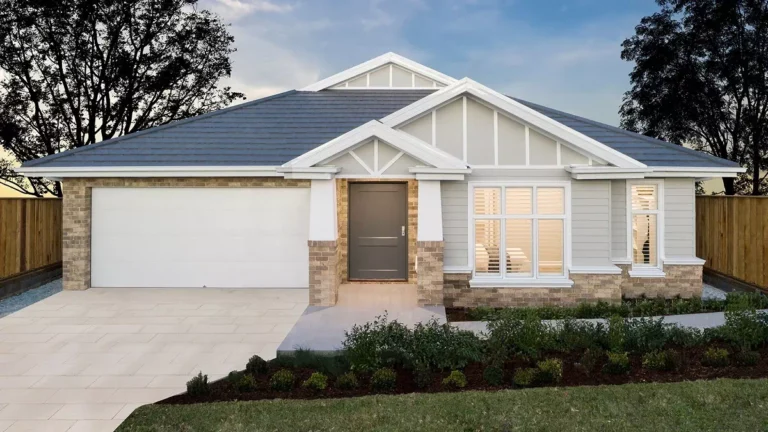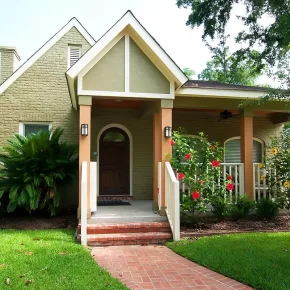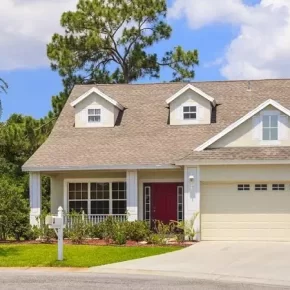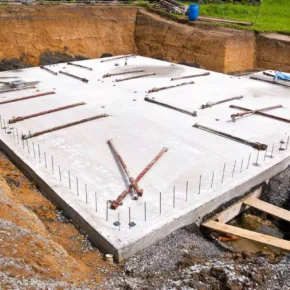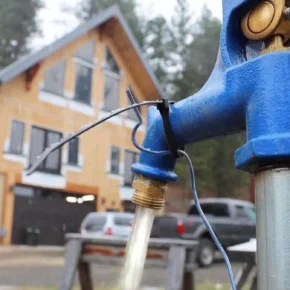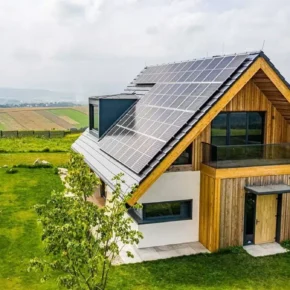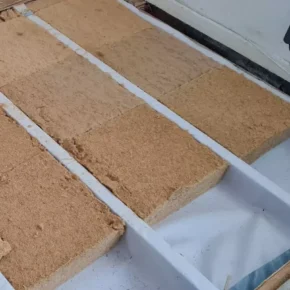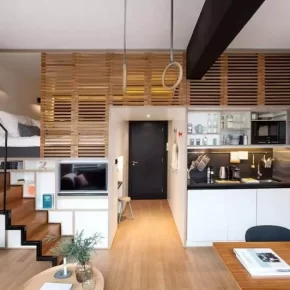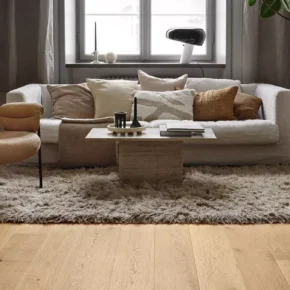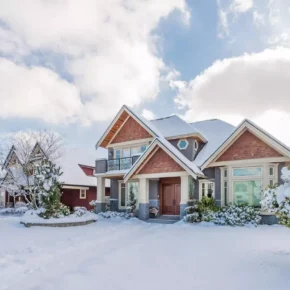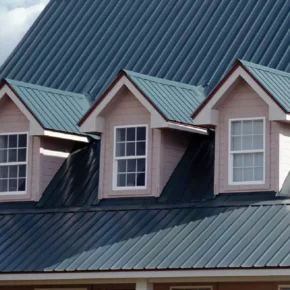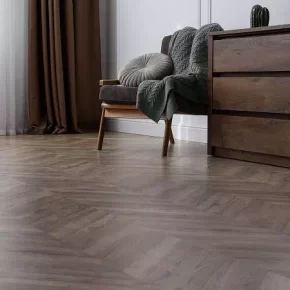The choice of facade materials is an important stage in the construction or reconstruction of a private house. Not only the appearance, but also the durability and energy efficiency of the building depends on this.
Let’s consider the main types of facade materials, their advantages and features of choice.
1. Plaster for facades
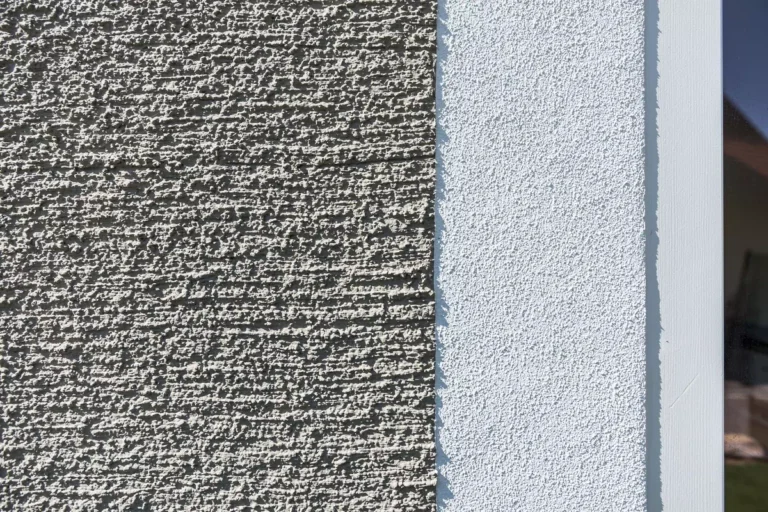
Plaster is one of the most popular materials for facade cladding. It allows you to create a flat surface that can be easily painted in any color, which adds to the aesthetics of the house. Plaster facades are available in various variations: decorative plaster, silicate, acrylic, mineral and others.
- Advantages: ease of application, wide selection of colors and textures, reasonable price.
- Disadvantages: requires periodic repair and restoration, susceptibility to mechanical damage.
2. Brick and stone
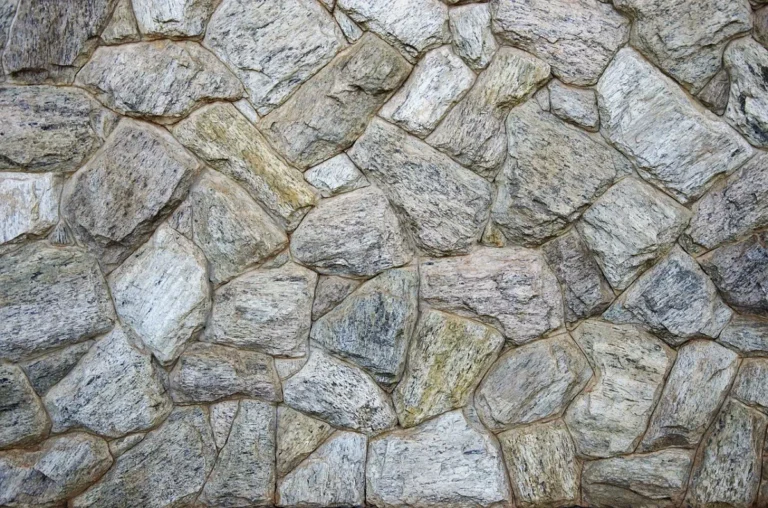
Brick and stone facades are known for their strength and aesthetic appeal. Natural stone gives the house solidity and durability, while brick provides a classic look and effective thermal insulation.
- Advantages: high durability, low need for maintenance, excellent heat and sound insulation.
- Disadvantages: high cost of material and installation, significant impact on the structure of the building.
3. Ventilated facades
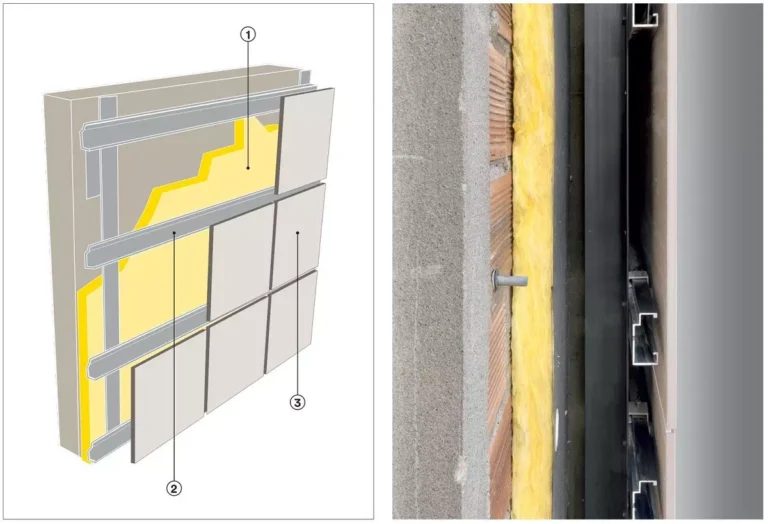
Ventilated facade systems have become popular due to their properties of heat preservation and prevention of moisture accumulation. Usually, such facades consist of a main wall, a layer of insulation, a ventilation gap and external cladding.
- Advantages: improved heat retention, no condensation, durability.
- Disadvantages: complexity of installation, high price, need for specialists for installation.
4. Fiber cement panels
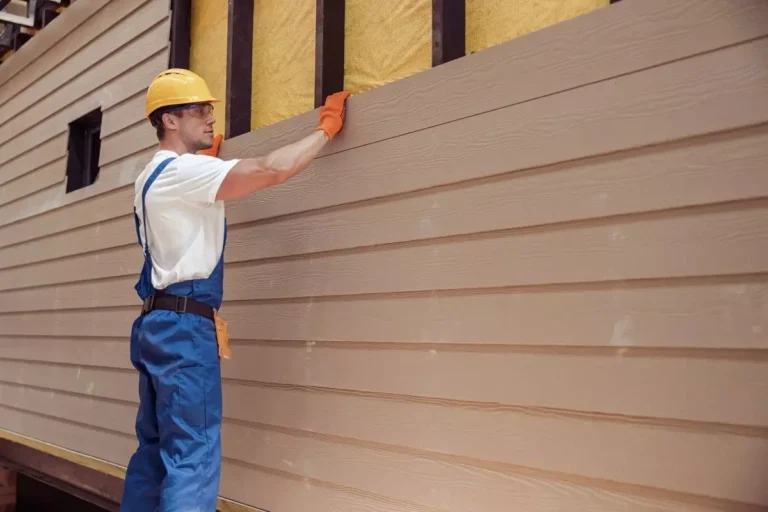
Fiber cement panels are made from a mixture of cement and reinforcing fibers. They are resistant to changes in weather conditions, ultraviolet light and have a durability of up to 50 years. Panels can have a texture imitating wood, stone or plaster, which adds to their versatility.
- Advantages: resistance to weather conditions, a wide selection of textures, ease of care.
- Disadvantages: the need for special installation, fragility during installation.
5. Metal panels
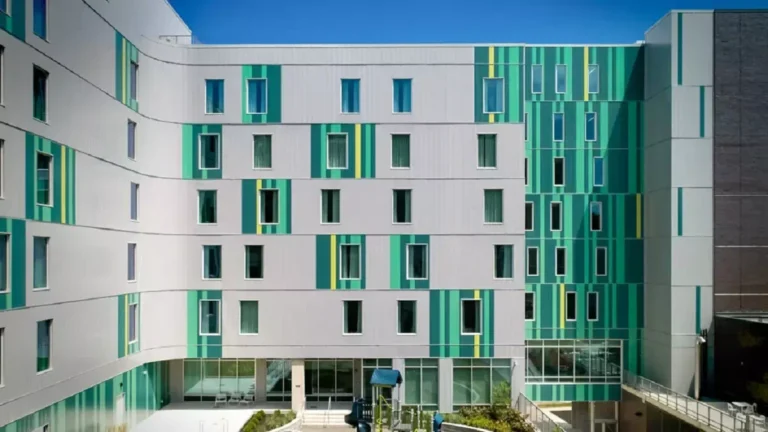
Metal facade materials, in particular aluminum and steel panels, provide a modern and stylish look to the building. They are popular among fans of industrial and minimalist styles.
- Advantages: resistance to moisture and corrosion, modern look, easy cleaning.
- Disadvantages: insufficient thermal insulation, the need for additional insulation, the possibility of scratches.
6. Tree
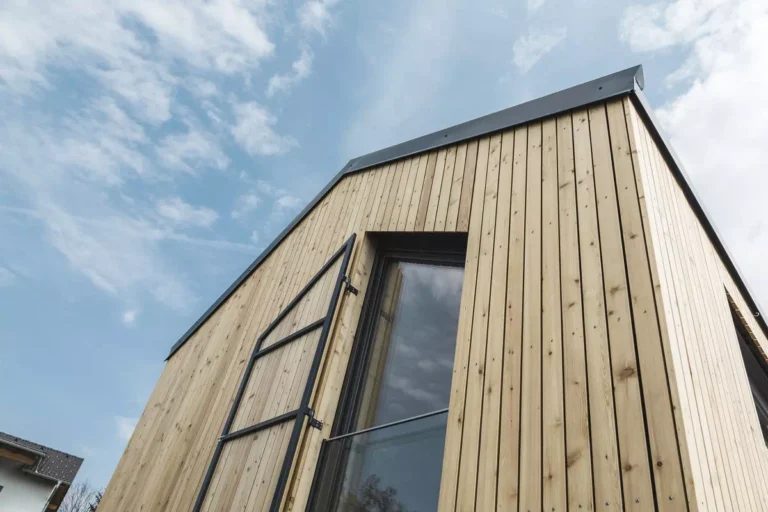
The wooden facade gives the house a natural and cozy look. Usually, wooden beams, clapboards, thermal wood or specially treated panels are used for cladding.
- Advantages: aesthetics, environmental friendliness, good thermal insulation properties.
- Disadvantages: requires regular care, pest and fungus treatment, high cost.
How to choose a facade material: practical tips
- Consider climatic conditions. For example, for regions with high humidity, it is worth choosing moisture-resistant materials, such as fiber cement panels or metal cladding.
- Consider the style of the house. Brick and stone are suitable for classic buildings, wood for eco-style, and ventilated facades made of modern materials will perfectly complement high-tech buildings.
- Estimate the budget. Natural stone and ventilated facades can be more expensive to install, while plaster and metal panels are more affordable options.
- Plan for durability and maintenance. If you’re looking for a low-maintenance option, consider low-maintenance materials like fiber cement panels or metal facades.
- Pay attention to the thermal insulation properties. If your house needs additional insulation, it is better to consider ventilated facades, which provide reliable thermal insulation.
The choice of facade material for a private house is a responsible decision that determines not only the appearance of the building, but also the comfort of its residents.

